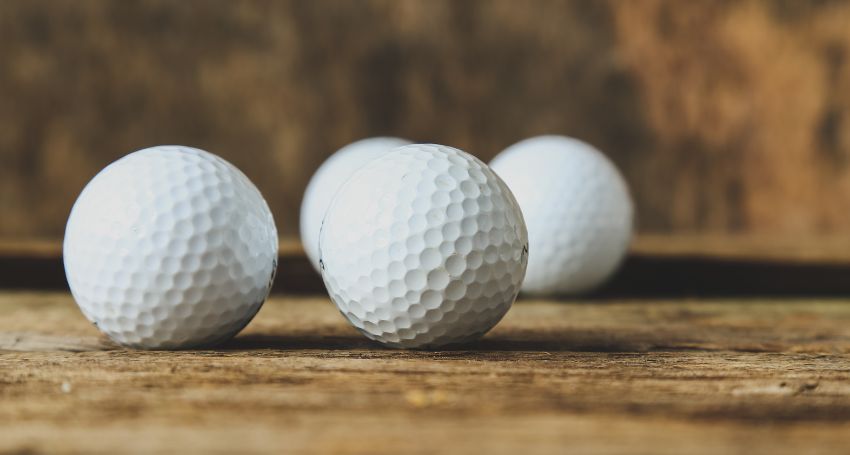Discover The Reasons Why Golf Balls Have Dimples
Golf balls have dimples to help create lift and reduce drag. They also minimize the low-pressure area and create a turbulent boundary layer of air on the surface of the ball. In this article, we will discuss the most important benefits of golf balls with dimples. You will also learn about the various types of dimples.
They affect ball flight
Did you know that the dimples on golf balls affect ball flight? Dimples on a golf ball change the direction of flight by altering the lift and drag of the ball. This is important in golf, where aerodynamics are crucial. When air hits the ball, the dimples create a small pocket of turbulence. This small pocket causes air to stick to the surface of the ball instead of allowing it to flow back. As a result, the ball travels farther and with less drag and a smoother flight.
Dimples on golf balls have a significant impact on their flight. These unique features provide greater aerodynamics, which allows the ball to fly more predictably. Without dimples, your shots could be knuckleballs or just hit the ground instead of flying far. Before the mid-1800s, golf balls were made of leather. Leather balls were slow and expensive to make, and they often experienced dings and dents as they were hit. Slowly, however, golfers discovered that these imperfections created more predictable flight patterns.
They help with lift and drag
The dimples on your golf ball help minimize drag and boost lift. The spinning motion of the ball generates a small pocket of turbulence below the ball that creates lift and minimizes overall drag. Half of the ball’s lift comes from ball spin, which redirects air downward toward the back of the ball and creates a force that pushes the object upward. To optimize this effect, golf balls have dimples.
They minimize the low-pressure zone
Dimpled golf balls are an excellent choice for distance-seeking players. These balls minimize the low-pressure zone by creating tiny pockets of turbulence on the ball’s surface. This attached airflow minimizes the size of the low-pressure wake and lowers overall drag. Moreover, the dimples minimize drag by creating a thin air cushion, preventing the ball from being sucked back into the air.
The dimples create a turbulent boundary of air
The dimples on a golf ball force the transition from a turbulent boundary layer to a laminar flow of air. The result is that the passing air clings to the ball for longer, creating a smaller wake, and reducing drag. Essentially, this means that a dimpled ball can travel substantially further than a smooth ball.
They help increase the distance
The dimples on a golf ball can improve distance. In fact, dimpled balls can travel more than twice as far as smooth ones. The design of these dimples is critical to overall golf ball development. Dimples are small depressions on a golf ball that are strategically placed to create aerodynamic lift. When the ball strikes the ground, the air pressure underneath is higher than the pressure on the top, causing it to rise in the air.





























































